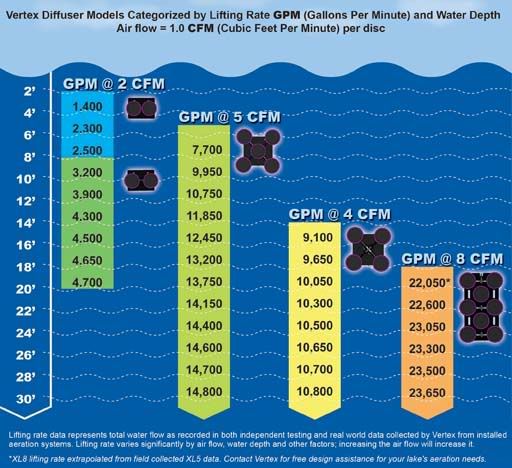Know your lifting rates! - 02/15/12 03:02 PM
In another post Mr. Ted Lea said someting that was very important."Know Your Lifting Rates" I wanted to repost it here under the correct area. I know it's important and would be a geat subject for in the Archives. When it comes to an air setup how does one "Know your lifting rates"
I am sure it would be a time consuming post but if any of you pros out there would like to please explain this in more detail and laymens terms I think it would be very helpful to a lot of us that are new to the air world. Any takers?
Thanks in advance for your time as always,
I am sure it would be a time consuming post but if any of you pros out there would like to please explain this in more detail and laymens terms I think it would be very helpful to a lot of us that are new to the air world. Any takers?
Thanks in advance for your time as always,
 [/img]
[/img]